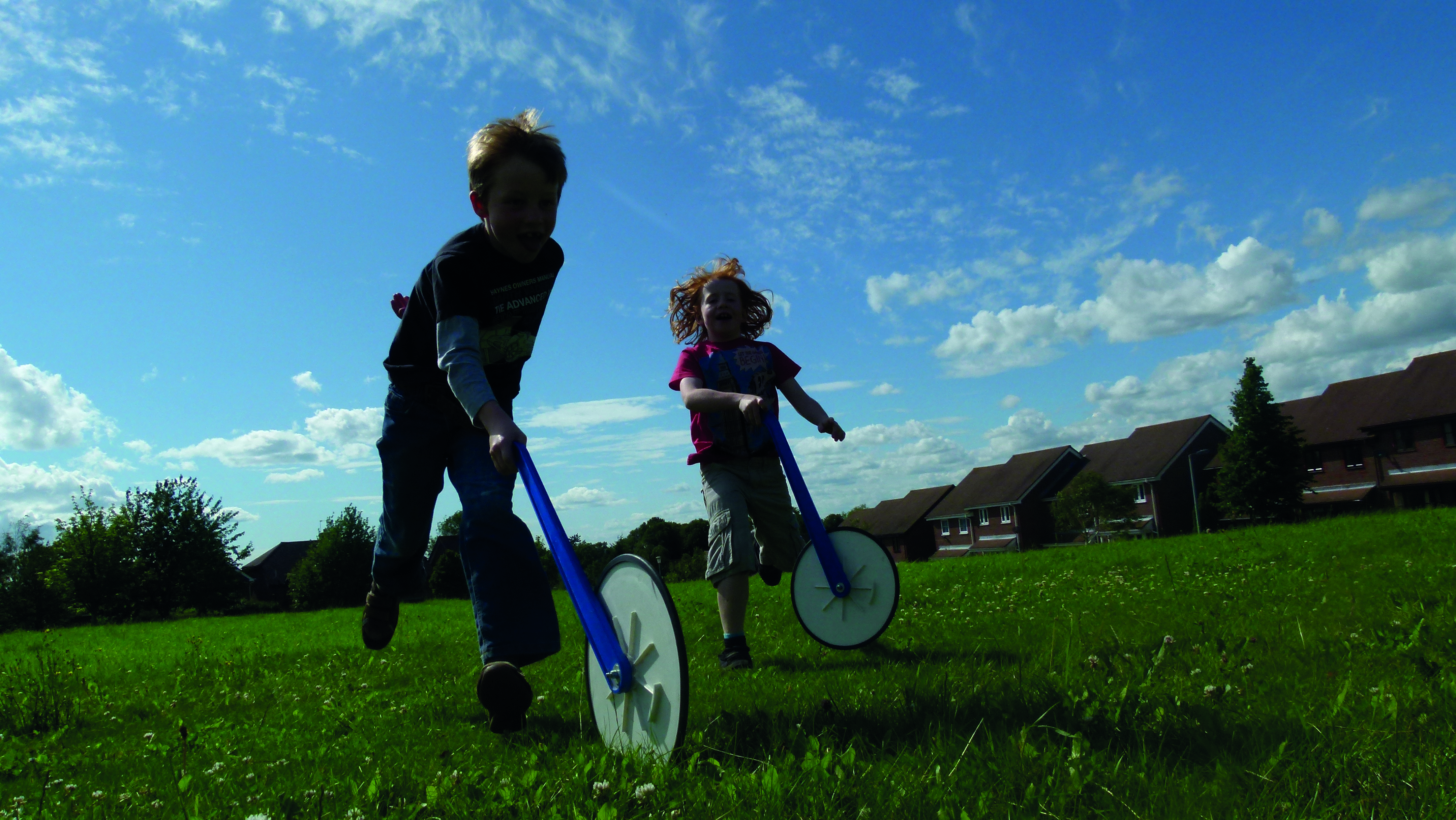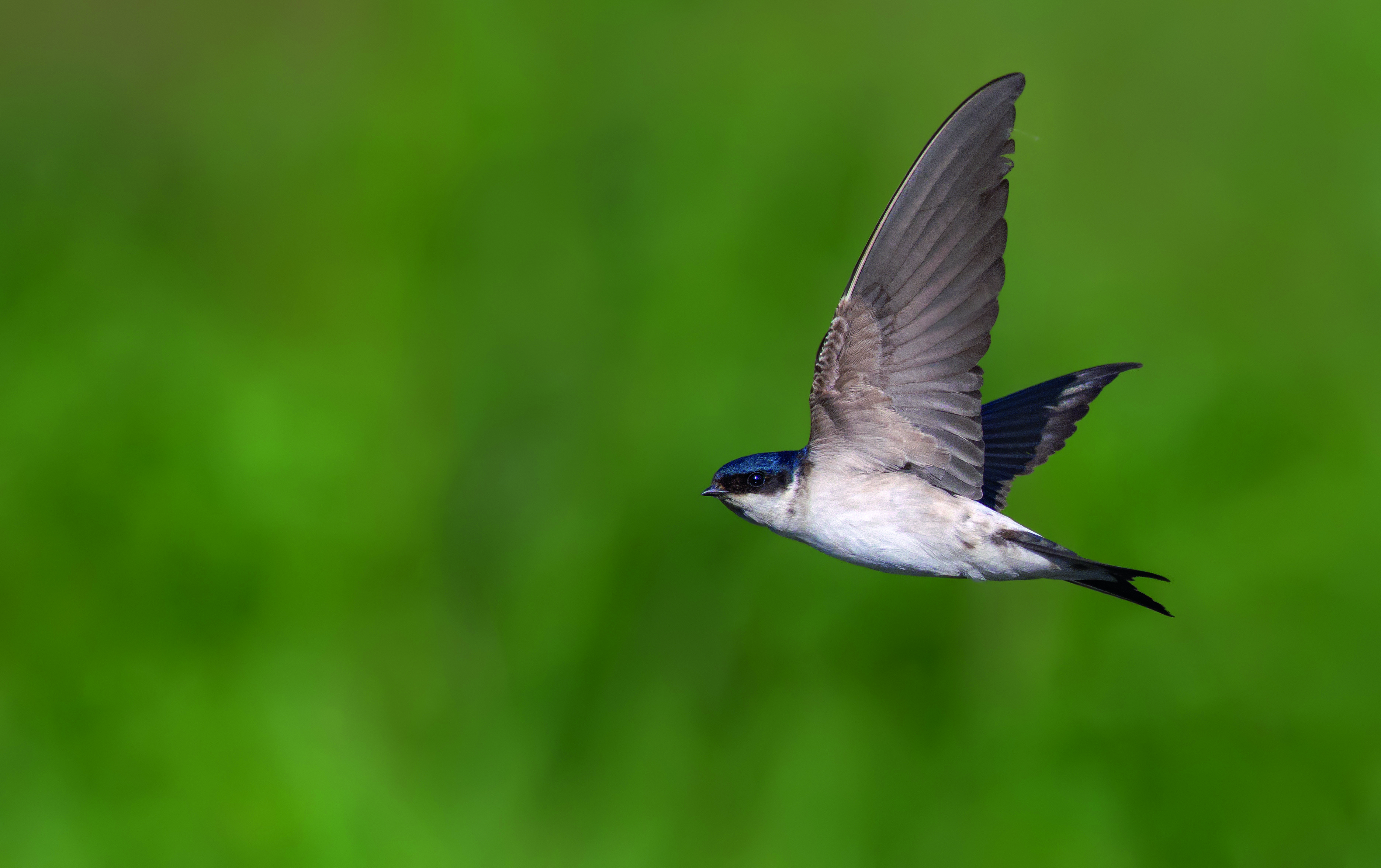
Activity
MAD ABOUT MEASURING

A nursery or pre-school garden is a rich mathematical environment and freely chosen play, supported by adults, is a tremendous way for children to develop their mathematical interest and understanding. A few well-chosen, well-placed resources can enhance opportunities to explore the space and use STEM language. Think about ways we measure and talk about distance and height, and curate an outdoor accessible measuring collection:
Nature watch
LOOK OUT FOR…

Migrating birds: Millions of birds begin their autumn migrations in September. Don’t forget, plenty of birds are migrating to the UK, as well as from it. Keep a few pairs of children’s binoculars handy in the garden along with ID sheets of bird silhouettes, ready to spot geese arriving in their characteristic V-shaped flocks, and swallows and house martins leaving the UK for warmer climes in Africa. Dusk is a good time to birdwatch as they head to overnight roosts. Check out the RSPB’s excellent birdwatching resources.
Register now to continue reading
Thank you for visiting Nursery World and making use of our archive of more than 35,000 expert features, subject guides, case studies and policy updates. Why not register today and enjoy the following great benefits:
What's included
-
Free access to 4 subscriber-only articles per month
-
Unlimited access to news and opinion
-
Email newsletter providing activity ideas, best practice and breaking news
Already have an account? Sign in here









